25 Developmental Activities for a 6-Month-Old Baby
What are the 6 month old Developmental Milestones?
Your baby will also babble back and forth with you, almost like they’re having a real conversation. The giggles come more often now, too! At the same time, they’re exploring the world with their hands and mouth—reaching for objects, grabbing toys, and chewing on everything. This kind of sensory play is so important; just make sure to keep choking hazards out of reach while offering safe and engaging materials.
Around this stage, babies are developing object permanence, which means they’re starting to understand that things exist even when they can’t see them. It’s such an important milestone in your child’s development and a big step toward deeper memory and learning skills.
What does a 6-month-old Baby like to play with?
A baby at 6 months of age is very fun as they are more alert, active, and interactive with the world around them. This is the perfect time to introduce simple sensorial activities that meet your baby’s developmental needs. Your baby is taking in impressions effortlessly at this time, so we want to offer them countless opportunities to explore the world around them! You may have heard the term “Montessori”. While I won’t get into all the details of that right now, I will share that Dr. Maria Montessori referred to this age as having an Absorbent Mind. Meaning your baby’s brain is like a sponge soaking up everything around them! Sounds, sights, objects, language, order, and so much more! Keep reading to get some great ideas on developmental activities for your 6-month-old baby!
At this age, your baby loves exploring just about anything they can grab and bring to their mouth—it’s how they learn! I’ve put together 25 simple and engaging activities you can enjoy with your 6-month-old to support their development. When I think about activities for my twins, I always ask myself: What experiences will really help them grow and build who they are as little humans? I try to choose things that capture their attention and allow them to concentrate.
Is Sensory Play with a 6-month-old Baby a good activity?
1. Basket with Different Textures
2. Mirror While Doing Tummy Time

3. Basket with Various Objects
Find a small basket with an interesting texture or shape, then fill it with safe household objects for your baby to explore. Just be sure nothing is small enough to be a choking hazard. You can even make themed baskets—like a kitchen basket with wooden spoons, a whisk, a silicone baster, and a measuring spoon. It’s such an easy way to support your baby’s development without spending money on new toys! Swap out the items every few days to keep things fresh. My boys especially love baskets with lids or soft cloth baskets, and this natural teether ball has been another favorite grasping toy at this age.
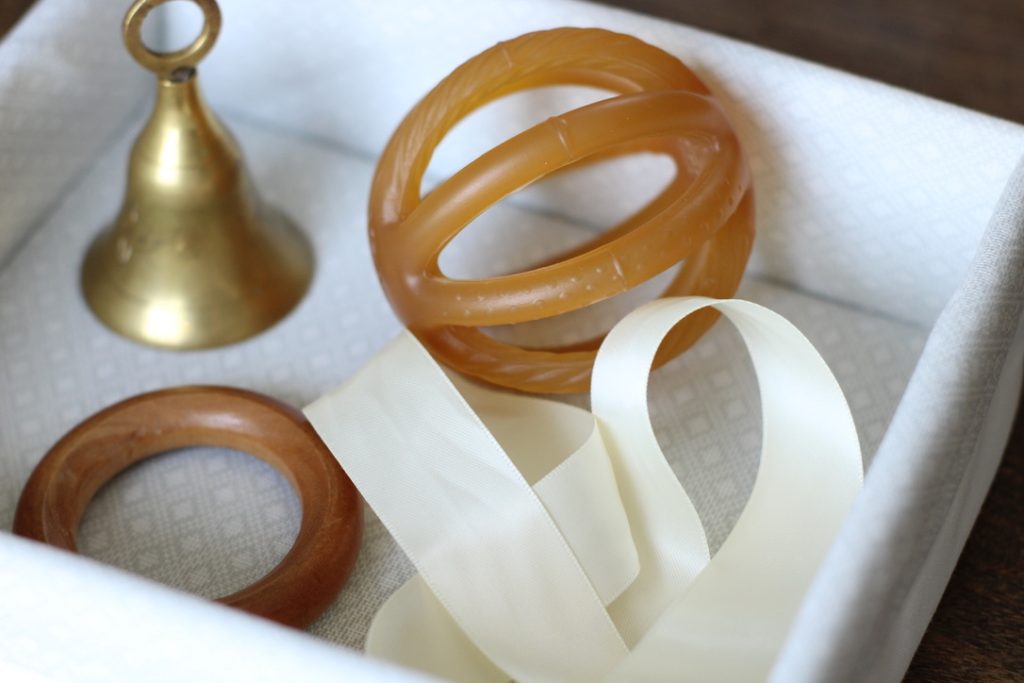
This post contains affiliate links, which means I make a small commission at no extra cost to you. See my full disclosure here.
4. Tummy Time with Music
Try turning on some lovely music for your baby while they are doing tummy time or floor time. Babies enjoy listening to playful music. They seem to recognize familiar music as well. I have this one album I play very often, and they are drawn to this one song! Whenever I play it now, they light up with a smile. It will stop them dead in their tracks from crying if we are in the car; music is a powerful tool!!
5. Reading a Board Book
Take some time to sit with your baby and grab a few board books. They will reach out for the pages and can even begin to help turn the pages (with your help, of course!) Go slowly and take time to read the words on the page and point out things in the illustrations. Allow your baby time to soak in what is on the page. Consider books that have different textures on the pages, like this one!

6. Introduction to Solid Foods through Baby-Led Weaning
Around 6 months—or whenever your baby is showing signs of readiness—it’s a great age to start introducing solid food. This stage is all about letting your little one explore new flavors, textures, and smells. Think of it as a whole new world of sensorial experiences! You can start by offering solid food once or twice a day and just let your baby take it at their own pace.
So how do you know if your baby is ready? A few common signs of readiness are:
- They can sit up with support and have good head control
- They show interest in what you’re eating (maybe even reaching for your food!)
- They can grasp objects and bring them to their mouth
Baby-led weaning is such a fun approach to feeding. Instead of us spoon-feeding, babies get the chance to self-feed. They can pick up real food with their hands, squish it, and taste it for themselves. Sometimes we can pre-load a spoon and offer it, but they’re the ones who bring it to their mouth. It gives them so much control and makes mealtimes way more exciting for them.

You’ll notice how clearly your baby communicates during mealtimes. They may drop the spoon, push food away, or simply let it fall from their hand—that’s their way of saying “I’m done.” At this stage, it’s not about how much food they eat. For the first couple of months, breastmilk or formula is still their main source of nutrition. Solid food right now is really about exploring new tastes and learning to eat in a sitting position at the table with you.
One of my favorite tools for starting baby-led weaning is the Ez Pz Tiny Collection—it’s the perfect first set with spoons, a bowl, and a cup. For even more of my go-to Montessori baby-led weaning essentials, check out this blog post!

7. Drinking out of an Open Cup
As soon as your baby is ready to begin eating solids, they also can begin practicing drinking from an open cup. It is recommended that you begin with thicker liquids like breastmilk or formula as opposed to water. Your baby is only used to drinking and swallowing thicker liquids. Also, we want to be giving them something with nutrients; they will remain well hydrated with breastmilk or formula.
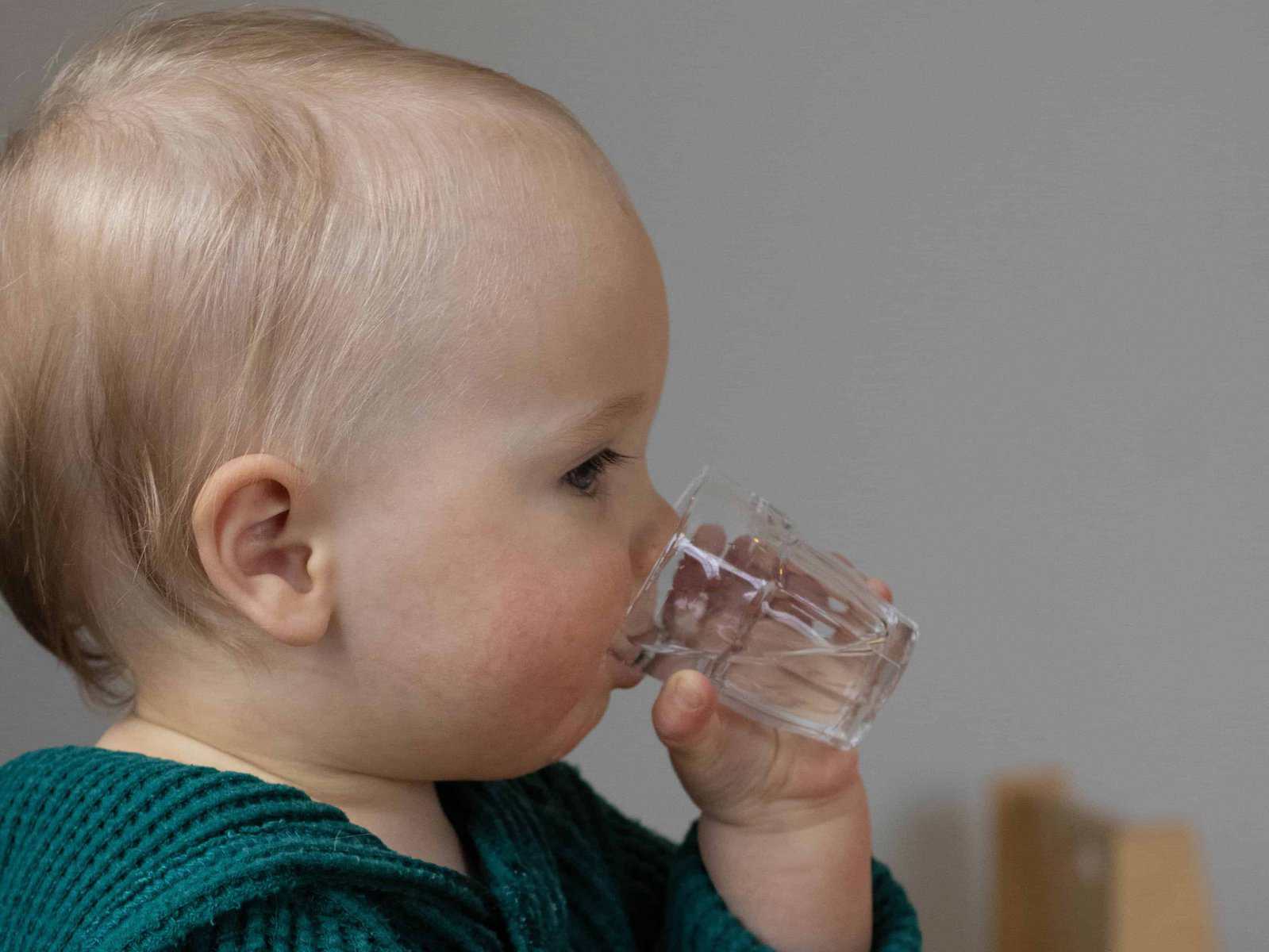
It will take many opportunities for your little one to drink out of an open cup, but rest assured they will love every moment of it!! This beginner cup is great for introducing open-cup drinking. The silicon is gentle on their gums and it is the perfect size for their little hands. For more details on how to introduce your baby to an open cup, check out this blog post!

8. Taking a Bath
Need a little change of pace in the day? Give your baby a bath! It would be a great time to introduce some bath toys, even simple cups or something small they may hold on to. They may begin splashing a little which will be a lot of fun for them.
Take the time for this to be a connection moment for your little one. Walk them through the process, talk to them about everything you are doing. You can say things like, “I am going to put shampoo on your head now and wash your hair.” You could take the time after the bath to put lotion on your baby and comb their hair.
Bath time can be a great activity to help create a bedtime routine. Baths are often a calming and enjoyable experience for a baby.
9. Participating in a Diaper Change
This might sound a little funny, but your baby can actually participate in their diaper changes! One of my twins used to get really fussy during changes, so I decided to try something different. Instead of just picking him up and getting it done, I started slowing down and letting him be part of the process. I’d hold him where he could see what I was doing, talk through each step—like, “I’m getting the changing pad ready” or “Here’s your clean diaper”—and then let him know, “I’m going to lay you down now, are you ready?” More often than not, he’d give me a big baby smile that felt like a little “yes!”
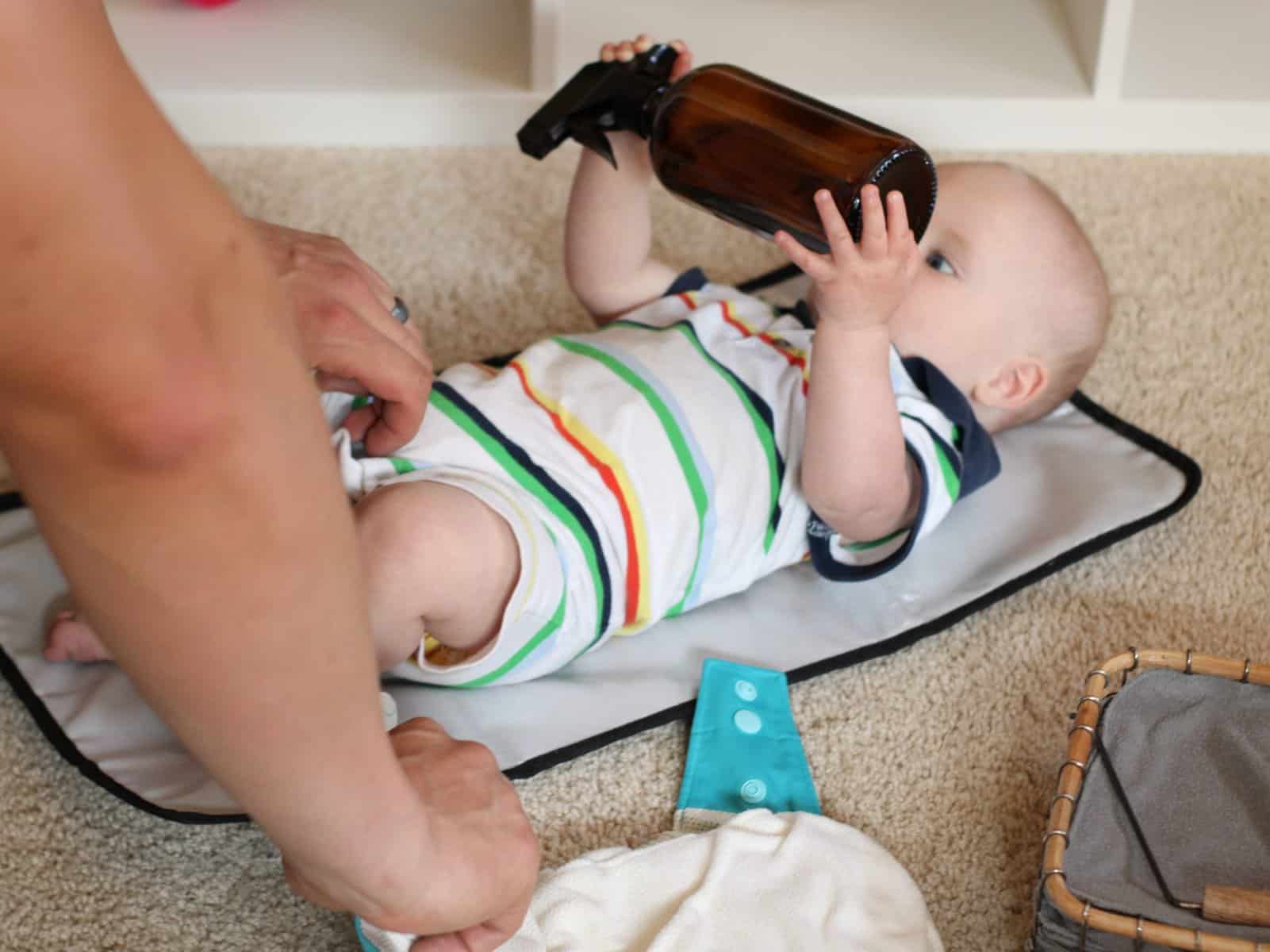
Once I started doing this, diaper changes went so much smoother. He wasn’t surprised by what was happening, and it made him feel more included. At 6 months, he can even hold the diaper while I get things ready. And soon, he’ll be able to grab the diaper himself and take on an even bigger role in this everyday routine.
It’s such a good reminder that we can bring our babies into all kinds of care routines—not just diaper changes. Whether it’s getting dressed, washing hands, or brushing teeth down the road, there are so many little ways to invite them in.
10. Water Tray for Tummy Time
To give your baby some water play activities, simply take a low-rimmed baking sheet and fill it with some lukewarm water outside. Lay down a blanket that you don’t mind getting wet and place your baby on the blanket in reach of the baking sheet filled with water. Allow your little one to splash in the baking sheet while doing tummy time. This is a fun way to give your baby some water time before they sit up independently.
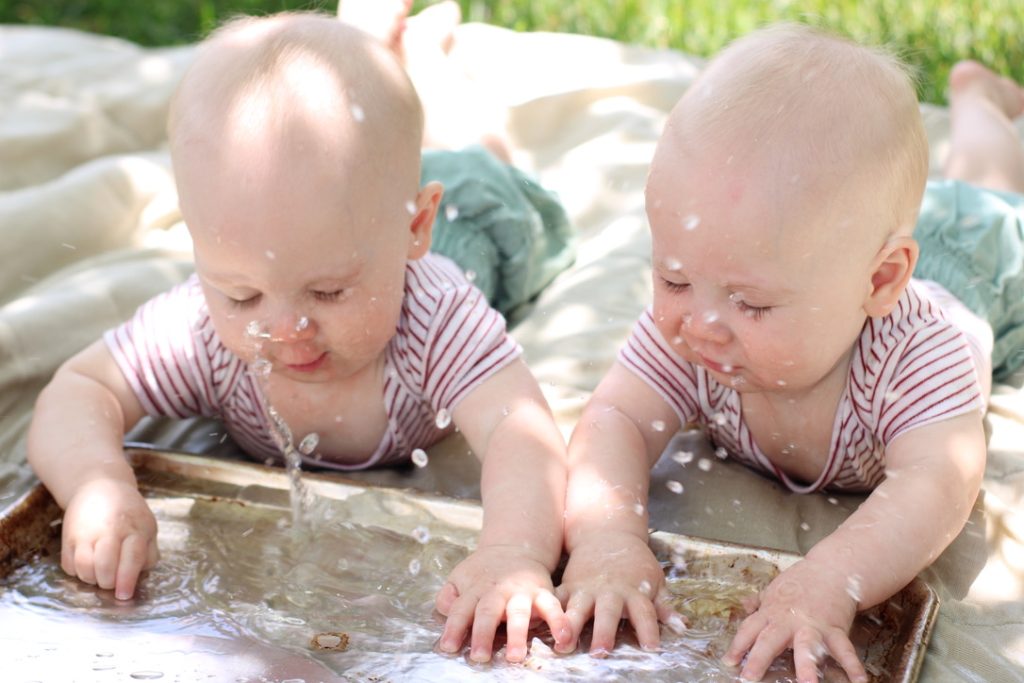
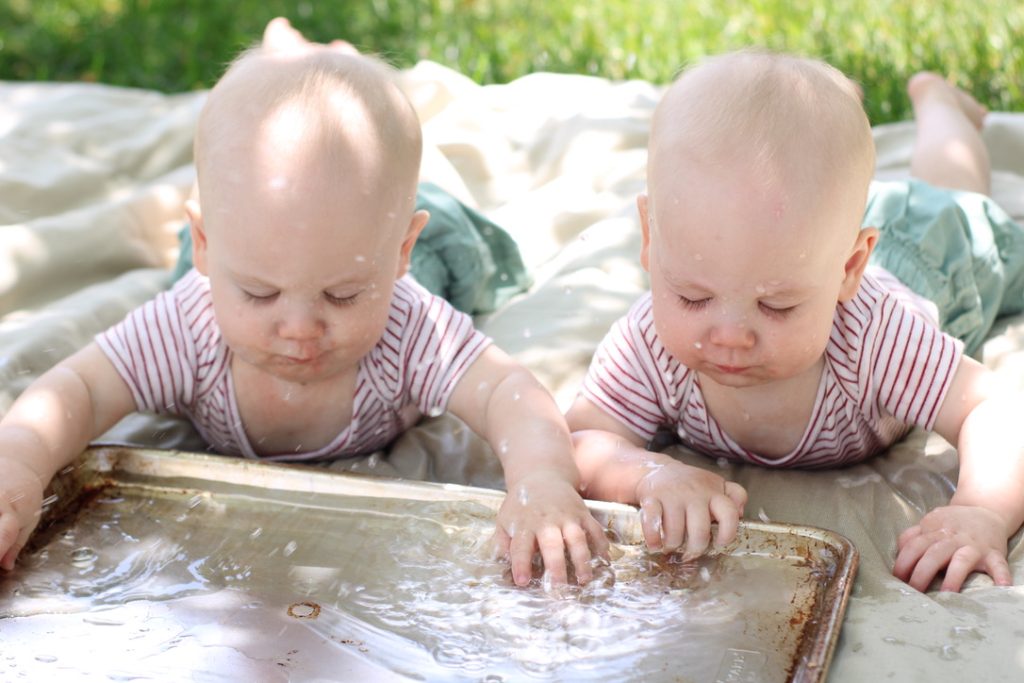

11. Singing Nursery Rhymes
Hold your baby on your lap and sing to them. Babies love to hear your voice and love music. You can build singing into a bedtime or nap-time routine. Songs will become familiar to your baby and will be calming to them.
12. Soft Toys
Have a variety of soft toys for your baby to play with and grasp. Consider soft toys with different patterns or textures of fabric. A crocheted rattle or this brightly colored fabric ball is are great grasping toy as well as a different texture for them to chew on.

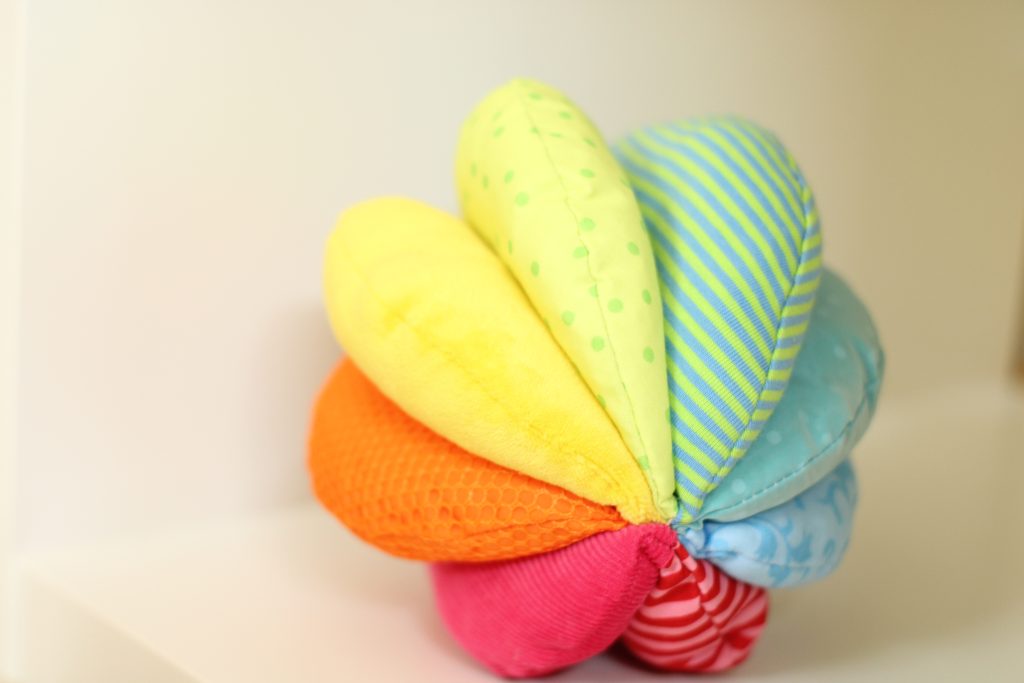
13. “Helping” Prepare a Meal
Have your baby come along with you while you prepare a meal. Babies love to observe what is happening around them. They will enjoy all the different sounds of you working in the kitchen, maybe it’s the pan being placed on the stove, or the water running, or the sound of the silverware being put away! Either have your baby in their high chair watching or wear them in a baby carrier. My favorite baby carrier is this ring sling!
14. Meal Time with the Family
Have your baby join in on the family mealtime. This is another great time to allow your baby a sensorial experience with new foods. In addition to working on feeding skills, your baby will gain language skills while sitting around the table absorbing conversation. This time together offers such valuable social interaction for your baby! They will hear new words, which is so important for your baby’s language development, to be exposed to a rich vocabulary and language. In addition to these developmental benefits, they will begin to feel like a greater part of the family unit by participating in this aspect of family life. You may notice them reaching out for your food or watching you eat very closely!!
15. Tactile Mobile
A mobile is something hanging from either the ceiling or a mobile hanger that engages your baby and gets their attention. You can use mobiles like the Munari and Octahedron mobile from early on, but as your baby becomes more mobile and interactive, they will enjoy mobiles that they can touch, move, and manipulate. Our favorite mobile is this wooden bell mobile. Our twins will grasp for the ring and vigorously shake the mobile, making wonderful sounds!
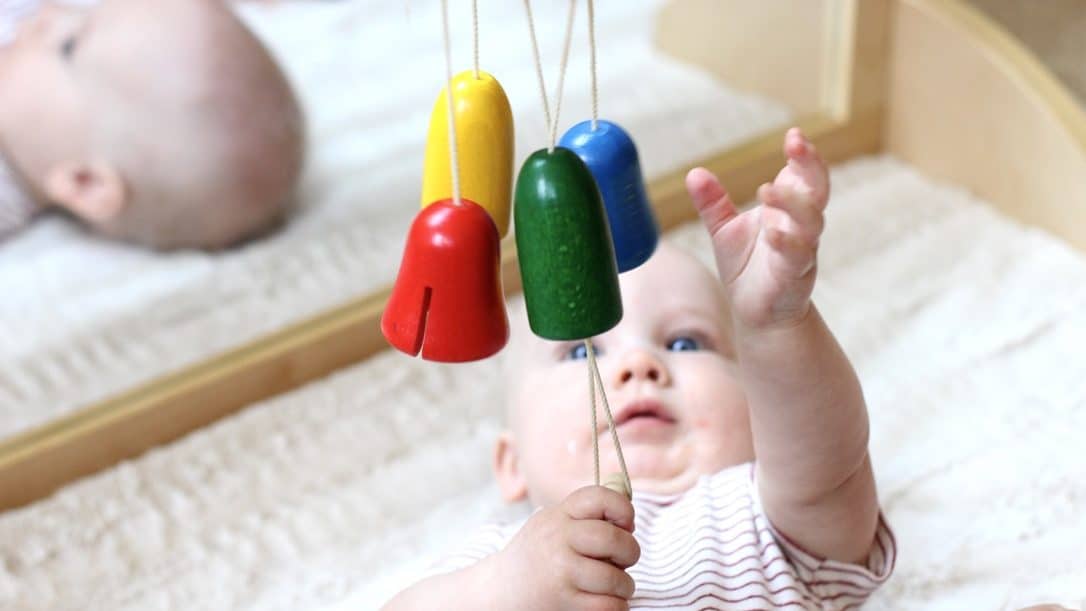
You could also hang various objects for your baby and see if they will grasp them. Consider using some elastic to hang your mobile so that they can pull it toward themselves easily. Even hanging a ball or toy from some ribbon and elastic can be great interactive play for your 6-month-old baby! Check out this blog post for more information on visual and tactile baby mobiles.
16. Floor Time
The best way for your 6-month-old baby to develop their physical skills and gross motor skills is through floor time. During floor time, they can move freely and without limits. It is a great opportunity for them to work on their head control as well as experiment with their ever-changing body and develop muscle strength.

Around this time, you may see your baby getting up onto all fours, a precursor to crawling, which most babies do around 9-10 months, some sooner. You can offer your baby toys during floor time. Place toys a few inches in front of your baby but slightly out of reach, and see how your baby moves to try to get the object.
17. Practicing Sitting up with Objects in Front of them
You can have your baby practice sitting up while you are supporting them with as much support as needed. Soon, they will be able to sit with little support from you! You may place some small toys or objects in front of them to encourage them to reach and grasp them.

18. Kitchen Utensils
While you are working in the kitchen you could offer your baby some safe kitchen utensils to play with. Here are some different things from your kitchen that your baby may enjoy!
- Mini Spatulas and Spoons
- Silicone Basting Brush
- Wooden Measuring Cups
- Mini Silicone Whisk
- Stainless Steel Condiment Cups

19. Face-to-Face Time
Your baby loves to look at your face! They delight in it! Face-to-face time with your baby is so important. They will begin to read your facial expressions. You can play little games by making a serious face, silly faces, and then smiling, see if they pick up on the changes in your facial expressions! You may even get great baby laughs by doing so.
You can also play a simple game of peekaboo, which reinforces that idea of object permanence!
20. Time with Another Baby
Find opportunities for your baby to interact with another baby. I am a mother to identical twins, and I have seen the benefits and value of their time interacting together.
Another great thing can be having your baby around other children who are a bit older than them; they will likely watch what they are doing and will enjoy seeing how they are moving. This can be beneficial if your baby is having difficulty meeting their developmental milestones.

21. Going for a Walk
Taking the time for walks is a great way for you and your baby to get time to rejuvenate. The walk is a time for you to decompress and get your blood pumping throughout your body; for your baby, a walk offers fresh air and so many new sights and sounds to take in!
Try facing your baby’s stroller seat out if possible, I found this made a huge difference in the enjoyment level of walks for my twins. They preferred to be facing out and being able to look at the world around them more easily!
22. Participating in Laundry Tasks
Whenever possible, I try to get my household tasks and chores done while my babies are awake so that when they are sleeping, I can take the time for myself. Your baby can participate in laundry tasks; watching you fold, switching over, and starting a new load of laundry is all very interesting to a baby! There are many sounds associated with doing laundry, and they may even enjoy the sound of the water spinning in the washing machine!
Bringing a basket of laundry to a common space and laying it on the floor can be a way to both get something productive done and also allow them to touch and feel different fabrics! If your baby doesn’t enjoy or isn’t content playing on the floor, you could use a baby carrier while doing these household tasks! I believe that our children need to see us doing the work of the home, and soon they will be more active participants in this work!
23. Playing outside on a Blanket
If the seasons and weather allow it, go outside and lay a big blanket down. Enjoy the fresh air, new sounds, and smells. There is so much for a baby to take in while being outside. Try to find a shady area and have them dressed appropriately so they aren’t too warm or too cold.
You could bring out a small basket of baby toys or let them explore with objects right in their environment! They may even like the feeling of grass between their fingers and toes.

24. Swimming
Babies love water (usually). Water is familiar to them; it can be calming and provides a very new sensorial experience for their body. Finding a pool or lake that they can splash around in may be very enjoyable for them.
25. Listening to Classical Music
You could do any of these activities with classical music on! You could go back through and try all of these activities again while playing classical music and see if it creates a different experience. Your baby is developing many cognitive skills, which are those foundational skills that our brain uses to help us think, learn, remember, and pay attention. While classical music is not proven to improve someone’s cognitive skills, there are many benefits to listening to classical music.
Finishing Thoughts
This is not an exhaustive list by any means; there are countless things that you could do that would support the physical, emotional, and social needs of your baby. Many of these could also be done sooner than 6 months and well beyond! Many of these activities would be appropriate for a 6 to 9-month-old baby.
I mentioned here about Montessori. If you are interested in learning more about how you may integrate Montessori principles and ideas into your home, come check out my blog where you can find many resources about how to bring the Montessori philosophy into your home and into your parenting. If you are more of a visual learner, come check out my YouTube channel, where I upload weekly videos of how I’m bringing the Montessori method into our home in daily life.


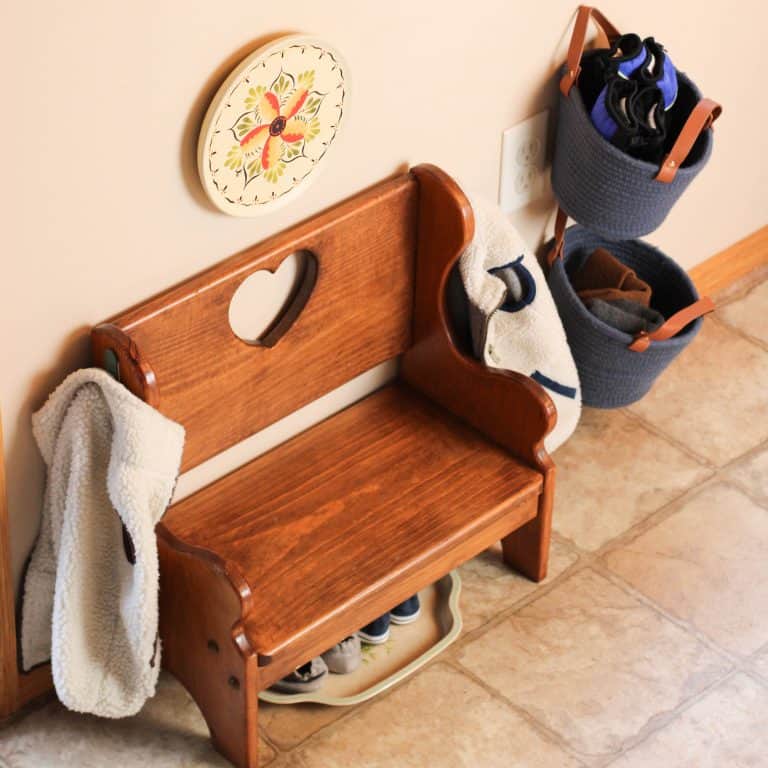
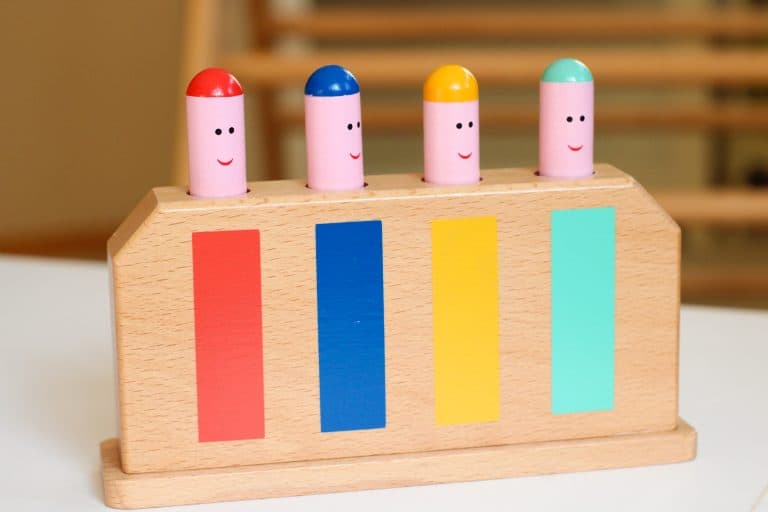

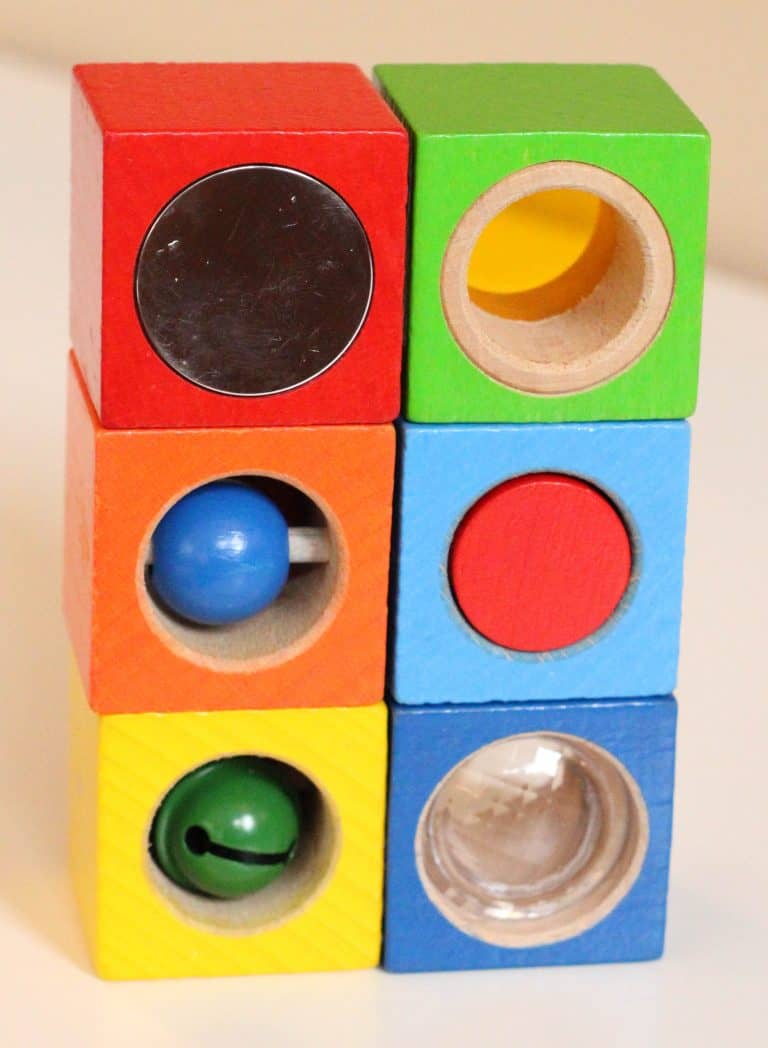


I love that these are tasks that fit in so well with life… I feel like so many companies/ products are trying to make me think I don’t have enough but this has been so reaffirming and helpful! Thanks!
I am so happy to hear that this has been reaffirming and helpful! The work of our day-to-day lives offers so many moments for connection and meaningful interaction. I hope you enjoy these sweet moments and activities!